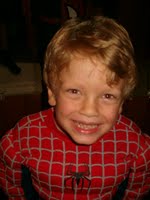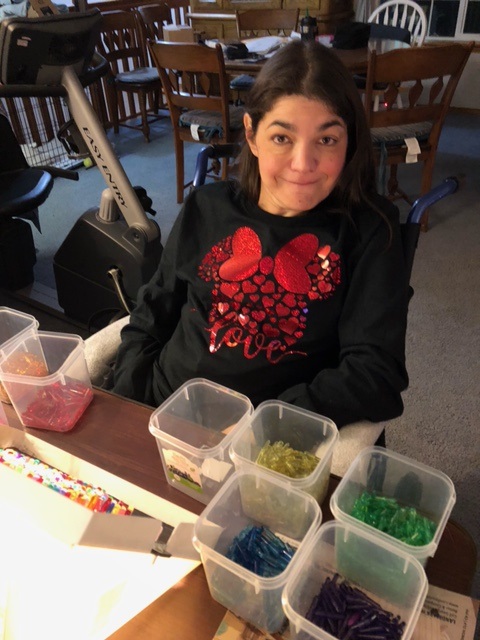
Aspartylglucosaminuria (AGU) is caused by deficiency of the enzyme N-aspartyl-beta-glucosaminidase.
This enzyme normally degrades long sugar chains known as oligosaccharides in the lysosome. When N-aspartyl-beta-glucosaminidase is deficient, as it is in AGU, these long sugar chains build up and eventually lead to the clinical features of AGU.
Individuals with AGU typically have normal development in infancy. Around the age of 2–4 years, they begin showing signs of developmental delay, but development is still progressing. Initial symptoms may present as clumsiness and/or speech delay. Individuals with AGU also show increased upper respiratory infections. Development continues until about puberty, however, individuals at 13–16 years of age typically show mental and motor development similar to a 5–6 year old. Around puberty, a gradual decline in mental abilities and motor skills occurs. This progressive decline continues until about 25–28 years of age, when rapid impairment of abilities occurs, resulting in severe mental retardation.
Other features of AGU include worsening of connective tissue-related problems as the individual ages. Facial features may coarsen, vertebral and long bone changes may be seen on x-ray, and osteoporosis may occur in adults with AGU. Some patients experience seizures. On MRI, there may be poor differentiation between the gray and white matter, as well as evidence of delayed myelination. Myelin is the covering of nerves that helps with accurate and timely nerve response to stimuli.
Aspartylglucosaminuria is estimated to affect 1 in 18,500 people in Finland. This condition is less common outside of Finland, but the incidence is unknown.
Currently there is no treatment available but a group of families have joined together and created Rare Trait Hope Fund to develop a treatment for AGU
Medical and research information
- • Aspartylglucosaminuria review by Professor Ritva Tikkanen, updated Jan 2018 – Review here
- • Genetics Home Reference: This has an excellent description of Aspartylglucosaminuria and has many references to other information and resources.
- • GeneTests: List of laboratories offering tests for AGU.
- • Clinical Trials: A registry of federally and privately supported clinical trials conducted in the United States and around the world. This site gives information about each trial’s purpose, who may participate and the location.
- • Orphanet is a database dedicated to information on rare diseases and orphan drugs. Access is free of charge.
- • OMIM: Technical information about the genetics of Aspartylglucosaminuria. OMIM is a site developed for scientists and medical specialists and contains both general and highly technical information. Access to the site is free to all users.
Patient support groups
- • ISMRD is the international organization for Aspartylglucosaminuria
- • ISMRD’s Facebook page; this is a closed group for families only
- • ISMRD’s public Facebook page
- • Various MPS societies around the world may offer support for Aspartylglucosaminuria
- • Rare Trait Hope fund
- • AGU Kids on Facebook

My name is Karin and I was diagnosed with Aspartylglucoseaminuria in November of 1985. I’m 41 years young.
I enjoy doing LiteBrite, coloring, 24 piece puzzles, watching movies, and many other activities.
My very favorite activities are taking long naps and petting my puppy.

It took us 16 years to learn our children’s correct diagnosis. Observing mine and other kids throughout many years, I came to believe that my sons’ delays were not all I’ve been told; there was something else standing between my kids and their ability to become what they want to be.
